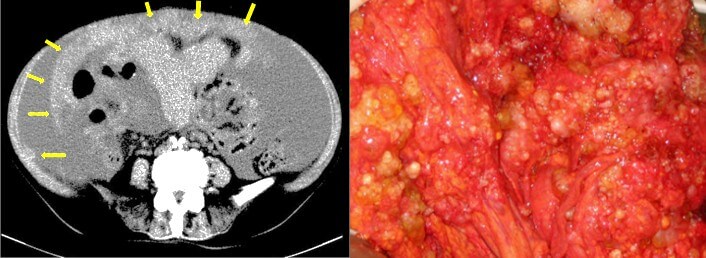Definition of Omental Caking Thickening of the omentum resulting from localized or diffuse infiltration of omental fat by soft tissue density mass is referred as “omental caking”. It is a radiological sign, which is often identified in CT scan. Involved Anatomical Structure in Omental Caking Greater Omentum – an extension of…

Lhermitte’s Sign
Synonym: Lhermitte’s phenomenon, Barber chair phenomenon Definition of Lhermitte’s Sign Lhermitte’s sign (pronounced Ler-meets) is an electric shock-like sensations, spreading along the spine in a cervico-caudal direction and into the arms and legs felt upon active or passive flexion of the neck. Reverse Lhermitte’s Sign is defined when symptoms are…
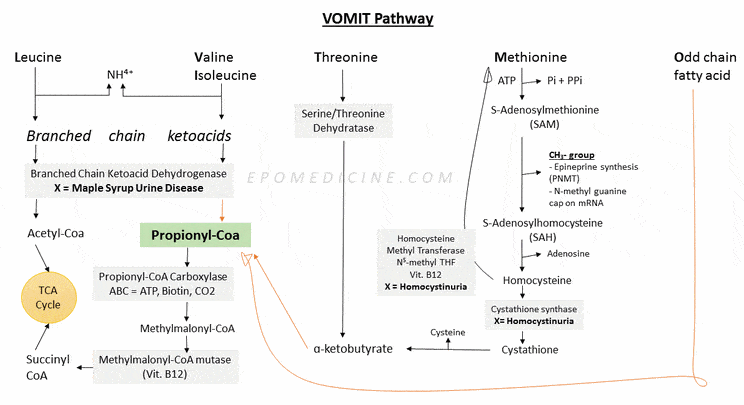
VOMIT Pathway – Propionyl CoA Intermediate
Propionyl CoA is a common intermediate in catabolism of essential amino acids and odd chain fatty acids. It is also called VOMIT pathway which stands for: Valine Odd chain fatty acids Methionine Isoleucine Threonine They enter TCA cycle – using PMS pathway: Propionyl CoA Methylmalonyl CoA Succinyl CoA Defects in…
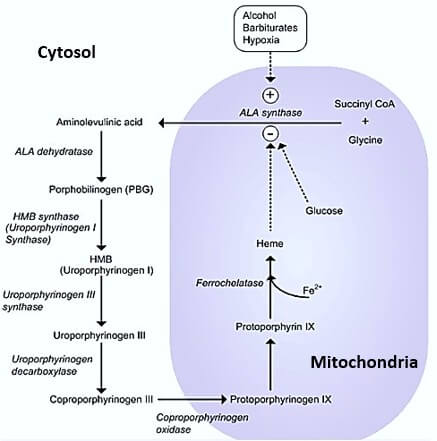
Heme Synthesis and Defects Simplified
Structure of Heme Heme is a ferro-proto-porphyrin. Heme = Protoporphyrin IX ring + Iron (Fe) in center Protoporphyrin IX = porphyrin with attachment to 4 Methyl, 2 Propionyl and 2 Vinyl groups. Porphyrin = Cyclic structure with 4 pyrrole rings Pyrrole rings are derived from Porphobilinogen (PBG) Hydroxymethylbilane = Linear…

Ischemic Heart Disease Pathophysiology
Definitions of Related Terms A) Ischemic Heart Disease (IHD): It is the imbalance between myocardial oxygen supply and demand, resulting in myocardial hypoxia and accumulation of waste metabolites. The components of IHD are: Stable Angina Acute Coronary Syndrome (ACS) B) Stable Angina: Pattern of chronic, predictable, transient chest discomfort during…
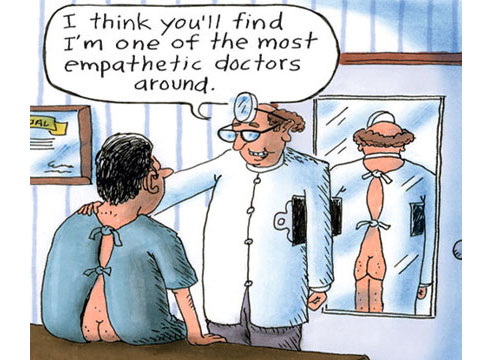
Medical Humanities in Nepal
The practice of medicine is an art, not a trade; a calling, not a business; a calling in which your heart will be exercised equally with your head. – Mark E Silverman Shapiro et.al. defined medical humanities with characteristic features: Use of methods, concepts, and content from one or more…

Cholesterol Synthesis Mnemonic
Liver as a hub of cholesterol metabolism All nucleated cells have the capacity to synthesize cholesterol from acetyl-CoA (like most biological lipids). 90% of synthesis occurs in liver and intestine. The cholesterol biosynthesis pathway involves enzymes that are in the cytoplasm, microsomes (ER), and peroxisomes. Liver obtains cholesterol from 3…
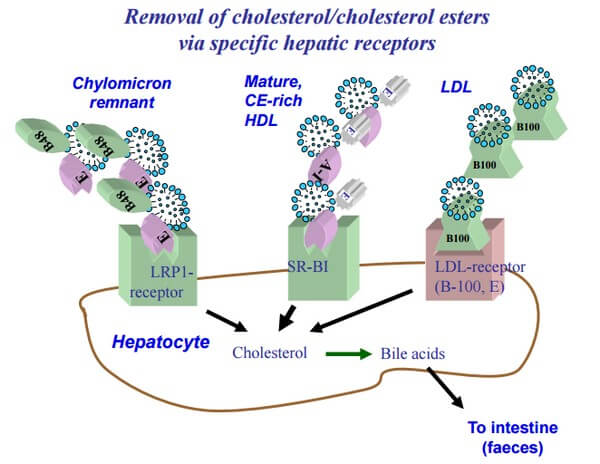
Lipoprotein Metabolism Simplified
Lipoproteins Composition of Lipoproteins: Non-polar core – mainly triglycerides and cholesteryl esters Single surface layer – amphipathic phospholipids and cholesterol Apoprotein or Apolipoprotein Class Abbreviation Density Protein Lipid content Electrophoretic mobility Chylomicrons CM lowest lowest highest (exogenous triacylglycerol) don’t migrate Very low density lipoproteins VLDL .. .. .. (endogenous triacylglycerol)…
